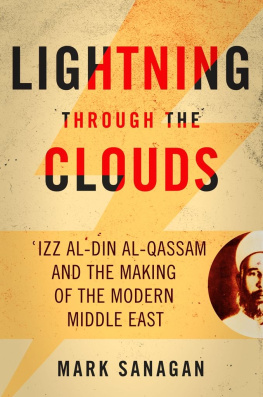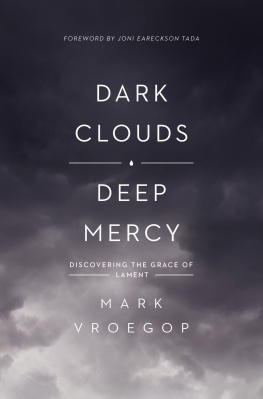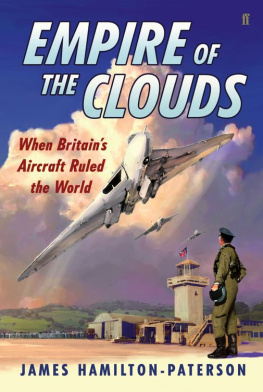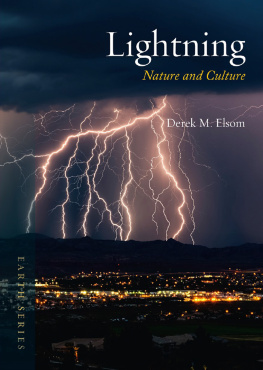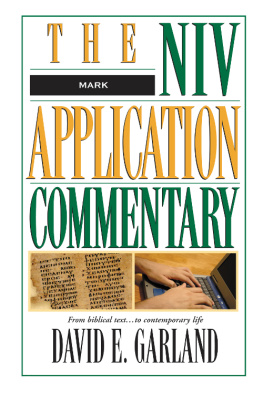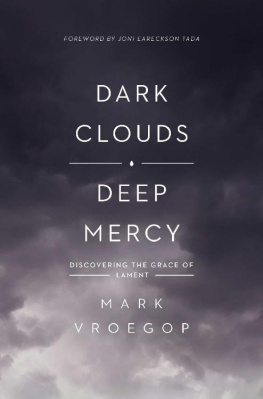Mark Sanagan - Lightning through the Clouds
Here you can read online Mark Sanagan - Lightning through the Clouds full text of the book (entire story) in english for free. Download pdf and epub, get meaning, cover and reviews about this ebook. year: 2020, publisher: University of Texas Press, genre: Religion. Description of the work, (preface) as well as reviews are available. Best literature library LitArk.com created for fans of good reading and offers a wide selection of genres:
Romance novel
Science fiction
Adventure
Detective
Science
History
Home and family
Prose
Art
Politics
Computer
Non-fiction
Religion
Business
Children
Humor
Choose a favorite category and find really read worthwhile books. Enjoy immersion in the world of imagination, feel the emotions of the characters or learn something new for yourself, make an fascinating discovery.
- Book:Lightning through the Clouds
- Author:
- Publisher:University of Texas Press
- Genre:
- Year:2020
- Rating:3 / 5
- Favourites:Add to favourites
- Your mark:
- 60
- 1
- 2
- 3
- 4
- 5
Lightning through the Clouds: summary, description and annotation
We offer to read an annotation, description, summary or preface (depends on what the author of the book "Lightning through the Clouds" wrote himself). If you haven't found the necessary information about the book — write in the comments, we will try to find it.
Lightning through the Clouds — read online for free the complete book (whole text) full work
Below is the text of the book, divided by pages. System saving the place of the last page read, allows you to conveniently read the book "Lightning through the Clouds" online for free, without having to search again every time where you left off. Put a bookmark, and you can go to the page where you finished reading at any time.
Font size:
Interval:
Bookmark:
Lightning through the Clouds
Izz al-Din al-Qassam and the Making of the Modern Middle East
Mark Sanagan

University of Texas Press
Austin
Copyright 2020 by the University of Texas Press
All rights reserved
First edition, 2020
Requests for permission to reproduce material from this work should be sent to:
Permissions
University of Texas Press
P.O. Box 7819
Austin, TX 78713-7819
utpress.utexas.edu/rp-form
Library of Congress Cataloging-in-Publication Data
Names: Sanagan, Mark, author.
Title: Lightning through the clouds : Izz al-Din al-Qassam and the making of the modern Middle East/ Mark Sanagan.
Other titles: Izz al-Din al-Qassam and the making of the modern Middle East
Description: First edition. | Austin : University of Texas Press, 2020. | Includes bibliographical references and index.
Identifiers: LCCN 2019034301 | ISBN 978-1-4773-2056-3 (cloth) | ISBN 978-1-4773-2058-7 (ebook) | ISBN 978-1-4773-2057-0 (library ebook)
Subjects: LCSH: Qassm, Izz al-Dn. | arakat al-Muqwamah al-Islmyah. | Katib Izz al-Dn al-Qassm. | RevolutionariesPalestineBiography. | Jewish-Arab relationsHistory19171948Biography. | Palestinian ArabsBiography. | PalestineHistory19171948. | SyriaHistoryFrench occupation, 19181946Biography.
Classification: LCC DS125.3.Q36 S26 2020 | DDC 956.9404092 [B]dc23
LC record available at https://lccn.loc.gov/2019034301
doi:10.7560/320563
CONTENTS
FIGURES
ABBREVIATIONS
| BNA | British National Archives |
| CADN | Centre des archives diplomatiques, Nantes |
| CO | Colonial Office |
| CZA | Central Zionist Archive |
| FO | Foreign Office |
| HA | Haganah Archive |
| HAC | Higher Arab Committee (sometimes rendered as Arab High Committeeal-Lajna al-Arabiyya al-Ulya) |
| HMA | Haifa Municipal Archive |
| IOR | India Office Records |
| ISA | Israeli State Archive |
| LON | League of Nations Archive |
| MEC | Middle East Center Archive |
| PAWS | Palestine Arab Workers Society (Jamiyyat al-Ummal al-Arabiyya al-Filastiniyya) |
| SHD | Service historique de la Dfense |
| SMC | Supreme Muslim Council (al-Majlis al-Islami al-Ala) |
| YMMA | Young Mens Muslim Association (Jamiyyat al-Shubban al-Muslimin) |
| WO | War Office |
A NOTE ON TRANSLITERATIONS
I have attempted to maintain a balance between readability and fidelity to Arabic, Hebrew, and Ottoman spelling. With that in mind, I have generally followed the transliteration guidelines set out in the International Journal of Middle East Studies. This will sometimes make for less than perfect reading, as in a sentence such as imam and khab, but I have included a glossary at the end of the book for reference, should a term appear that is unfamiliar to the reader.
In some circumstances, such as al-Qassamiyyun, I have adopted an Anglicized rendition (Qassamites) for purely stylistic reasons. This is also true of a few names with accepted English spellings that differ from the IJMES system, such as Yasser Arafat and Gamal Abd al-Nasser.
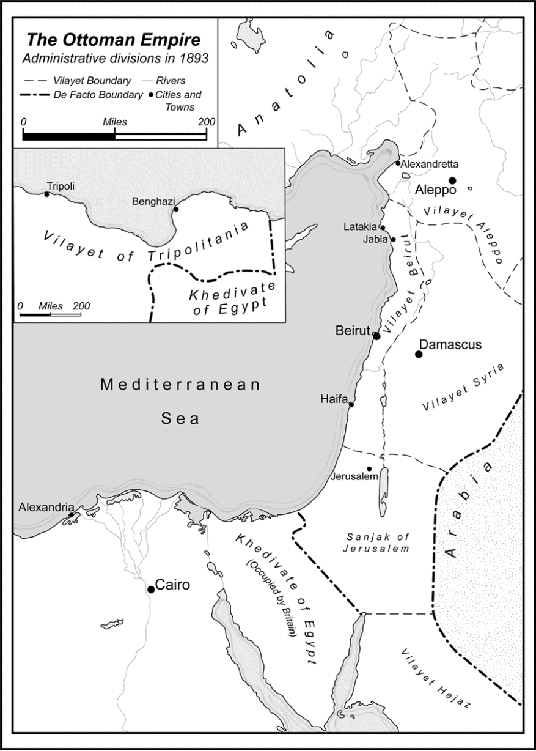
Map 1. The Ottoman Empire: Administrative Divisions in 1893.
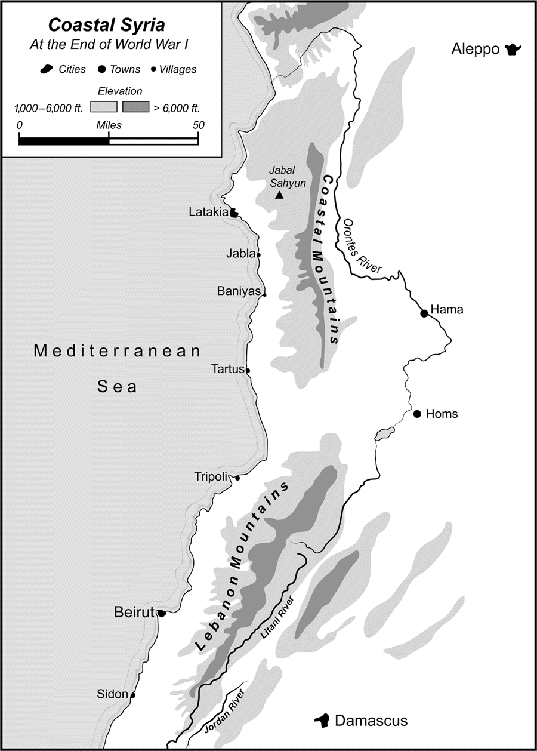
Map 2. Coastal Syria at the End of World War I.
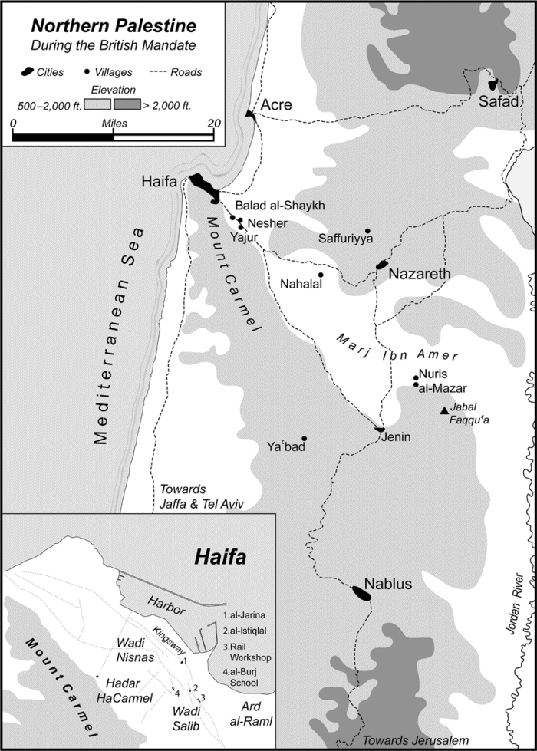
Map 3. Northern Palestine during the British Mandate.
PROLOGUE
The end began with the theft of some grapefruit. On the morning of November 7, 1935, twenty-eight-year-old Sergeant Moshe Rosenfeldthe best Jewish horseman in all of Palestinewas called to investigate. He left his police station in Shatta, an outpost in the southern perimeter of the Galilee, accompanied by two Arab constables whose names have been lost to history. North of the village, at the foot of Jabal Faqqua (Mount Gilboa), Rosenfeld dismounted, moved into the citrus grove, and sent his companions back down the wadi with the horses.
The forested southern slope of Jabal Faqqua is a verdant landscape of Aleppo pines and, that fall, anemones yet to bloom. While not steep, the rise up from the valley required exertion, and the winding path that Rosenfeld took would have been soft, if not muddy. It was a slow walk toward the higher ground. Above him, among the caves and large outcrops of limestone, two men crouched, guarding an encampment of rebels under the command of a Muslim cleric named Izz al-Din al-Qassam.
They watched as Rosenfeld slowly approached, until one of the guards, Mahmud Salim al-Makhzumi, fired his rifle, hitting the officer once in the head and once in the side. Hearing the shots, the two Arab constables retreated quickly to their police station to report the contact.
Rosenfelds body was found at eleven oclock that morning, and shortly thereafter, the Palestine Police discovered the caves in which the rebel unit had been living. There they found discarded raincoats, English and German ammunition, blankets, food stores that would have lasted days, and a mans Scouting uniform. The rebels were long gone. What followed was one of the largest manhunts in British colonial history.
Introduction
Shaykh Izz al-Din al-Qassam and his band of men on the mountainside had been in those forests for only a few days when Sergeant Rosenfeld was shot dead. It was on November 2, 1935, that al-Qassam, a prominent preacher, teacher, and community organizer in the northern Palestinian city of Haifa, made his last public appearance, at a ceremony denouncing the Balfour Declaration on the eighteenth anniversary of its publication. Sometime shortly after he shared the stage with Jamal al-Husayni, the head of the Palestine Arab Party, he left his wife and four children and joined his men.
After Rosenfeld was killed, the British Mandate government in Palestine labeled al-Qassam a bandit. For the Jewish community, known as the Yishuv, the bearded shaykh was a dangerous and worrisome terrorist, finally exposed as the mastermind of numerous murders over the previous few years. And, to most of Palestines Arabs, he wasand remainsan avatar for the struggle for self-determination.
In fact, claims on al-Qassam have shifted with the vicissitudes of Palestinian political vogues since his death. According to Ajaj Nuwayhid, a prominent nationalist politician and editor during the British Mandate, al-Qassam was buried draped in the flag of the newly independent Hashemite Kingdom of Iraq, placed there by the head of the Arab Bank in Haifa and longtime friend of al-Qassams, Rashid al-Hajj Ibrahim. The flags of Saudi Arabia and Yemen were laid on the corpses of al-Qassams comrades; it is not clear if the flags were chosen for the purpose of assimilating al-Qassam and his compatriots into the historical trajectory of a Palestinian nationalism or a pan-Arab one. But there was little in common between the sociopolitical makeup of the Mashriq (the Arab eastern Mediterranean) and the tribal isolationists in the Arabian Peninsula. Nor is it likely that al-Qassam idealized the
Next pageFont size:
Interval:
Bookmark:
Similar books «Lightning through the Clouds»
Look at similar books to Lightning through the Clouds. We have selected literature similar in name and meaning in the hope of providing readers with more options to find new, interesting, not yet read works.
Discussion, reviews of the book Lightning through the Clouds and just readers' own opinions. Leave your comments, write what you think about the work, its meaning or the main characters. Specify what exactly you liked and what you didn't like, and why you think so.

